
Article Summary: National Parks Near Moab
National Parks near Moab. In this article, More Than Just Parks introduces you to the “Mighty Five.”
Moab is the gateway to these fabulous places. They include the massive red rock formations found in Arches National Park and beautiful mesas and buttes carved by the Green and Colorado rivers, plus Native American rock art, which you will find in Canyonlands National Park.
We’ve got all of that plus more as we’ll give you 5 reasons why you’ll want to hop in your car and make a day’s drive (or less) from Moab to one of these truly amazing places.
So, What Is A National Park?
We get asked that question a lot because there’s a difference between a “national park” and a “national park site.” To help you understand that difference you might want to check out our article titled: What Is A National Park Really?
Now if you’re planning a trip to Moab to see the Mighty 5 then one book that I highly recommend is: Fodor’s Utah: With Zion, Bryce Canyon, Arches, Capitol Reef and Canyonlands National Parks (Full-color Travel Guide).
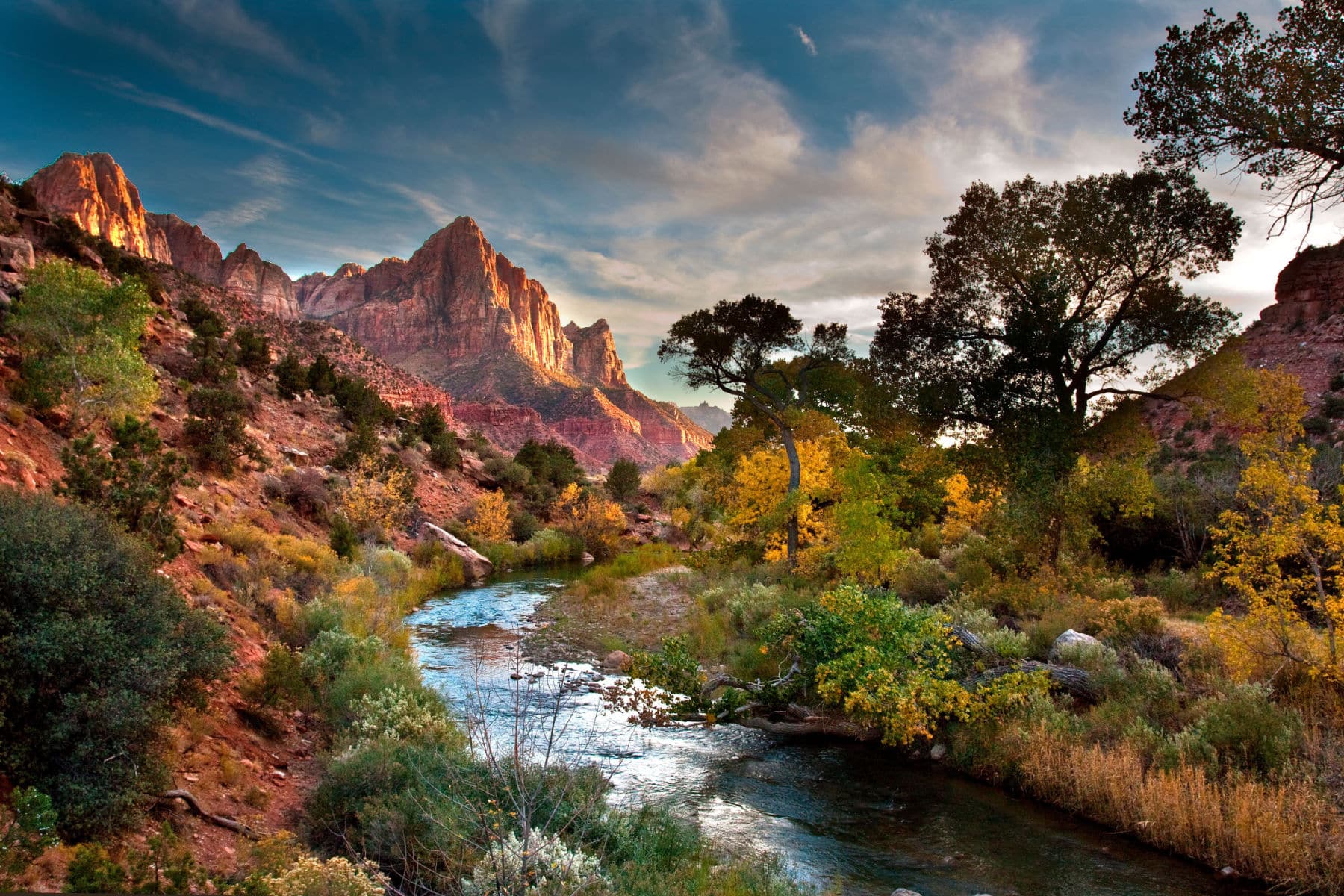
Table Of Contents: National Parks Near Moab
Best National Parks Near Moab
1. Arches National Park
Distance From Moab: Nine minutes (5 miles) via US-191 N.
No day’s drive here! Actually, you could walk it.
Arches National Park is a protected area that covers over 76,000 acres (31,000 hectares) and is home to over 2,000 natural sandstone arches, as well as other unique geological formations, such as towering spires, massive fins, and delicate balance rocks.
The park’s signature feature, the sandstone arches, were formed over millions of years as wind and water eroded the soft rock, leaving behind the harder, more resilient sections. The result is a landscape that is both rugged and delicate, with towering rock formations set against a backdrop of sweeping vistas.

Visitors to Arches National Park can enjoy a variety of recreational activities, including hiking, camping, rock climbing, and scenic drives. Some of the most popular destinations within the park include Delicate Arch, Landscape Arch, and Double Arch.
There are also several well-marked trails that wind through the park, providing visitors with opportunities to explore the unique geological formations up close.
Arches National Park is open year-round, although certain roads and facilities may be closed during the winter months. The park receives over one million visitors each year and is considered one of the most popular tourist destinations in Utah.
It is also considered one of the most scenic national parks in the United States, and is recognized as a protected area of international importance by the United Nations.

CHECK OUT: 11 AMAZING Facts About Arches National Park
Arches Highlights
Delicate Arch is the iconic arch featured on the Utah license plate and the arch everyone plans their trip around. The hike up to Delicate Arch isn’t a walk in the park as it involves a solid incline and a bit of navigating the sandstone, but is more than doable for most visitors.

Landscape Arch is the largest arch on earth spanning some 306 feet of weathered sandstone. This one is an easy 1.5 miles round trip and a must on your Arches trip.
Double O Arch featured in the image above is a very unique arch on top of an arch. This 4.1 mile out and back hike is a bit more strenuous, especially in the summer heat, so plan accordingly and bring plenty of water.
2. Bryce Canyon National Park
Distance From Moab: Four hours 17 minutes (248 miles) via I-70 W.
Bryce Canyon National Park is a beautiful and unique park known for its remarkable geology and hoodoos, which are tall, thin rock formations that rise up from the ground like pillars. The park covers an area of approximately 35,835 acres and is situated at a high elevation of over 8,000 feet above sea level.
The most distinctive feature of Bryce Canyon is its series of horseshoe-shaped amphitheaters, which are filled with thousands of hoodoos and other rock formations. The hoodoos come in a variety of shapes and sizes, and their vibrant colors, including orange, red, and yellow, change throughout the day and year as the sun rises and sets.
Visitors to Bryce Canyon can enjoy a variety of activities, including hiking on the park’s many trails, which offer breathtaking views of the hoodoos and surrounding landscapes. There are also scenic drives, ranger-led programs, and stargazing opportunities, as Bryce Canyon has some of the darkest night skies in the country.
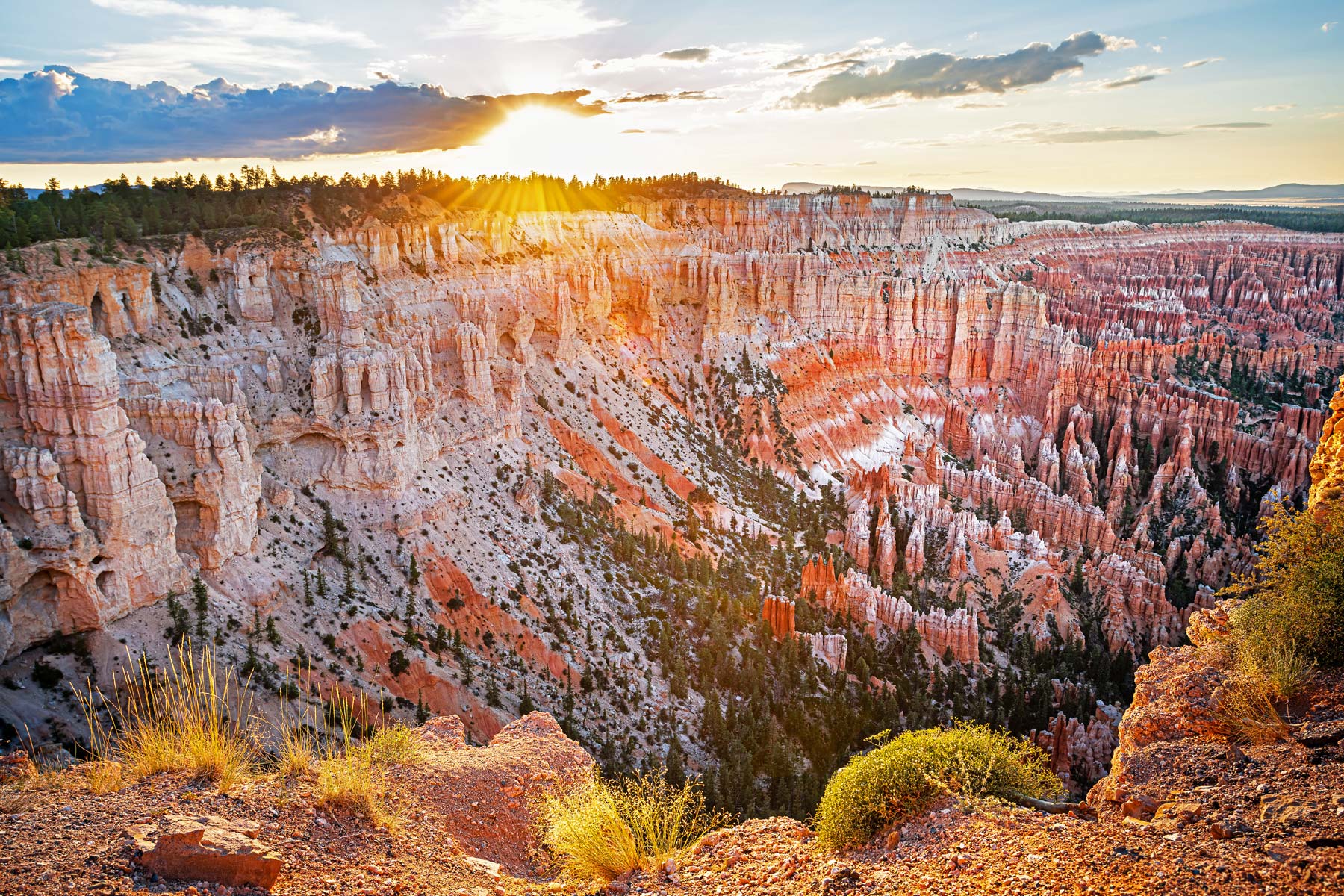
Points Of Interest
Hoodoos (irregular columns of rock) exist on every continent, but here is the largest concentration found anywhere on Earth.
Situated along a high plateau at the top of the Grand Staircase, the park’s high elevations include numerous life communities, fantastic dark skies, and geological wonders that defy description.
Thor’s Hammer is an iconic example of a hoodoo, a special type of rock formation common to the Badlands and surrounding areas. It was created over thousands of years of erosion, and it was formed in the shape it is in due to harder, more resistant “caprock” resting atop soft, underlying rock layers.
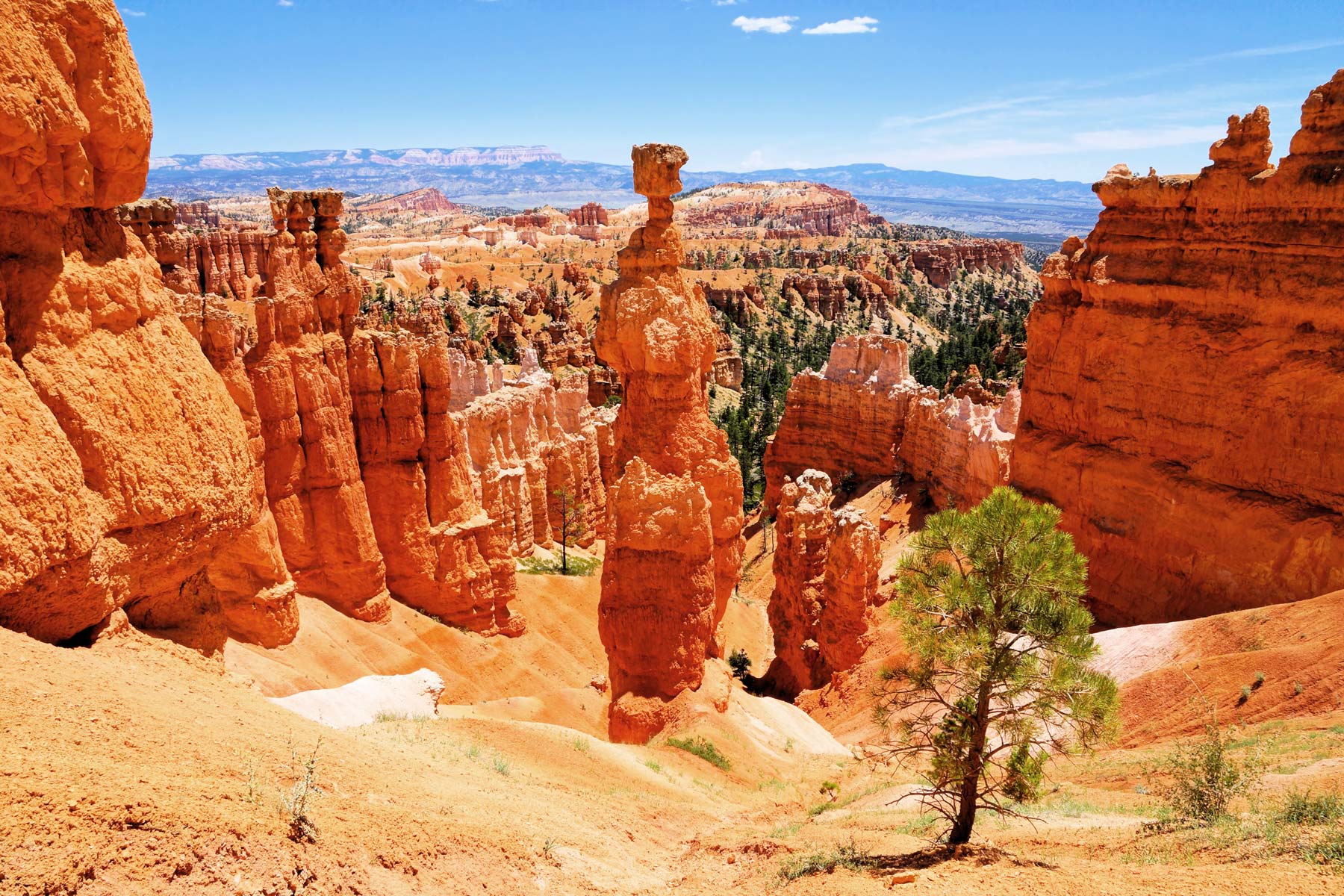
Wall Street Trail is a spectacular trail through Bryce Canyon’s famous otherworldly scenery.
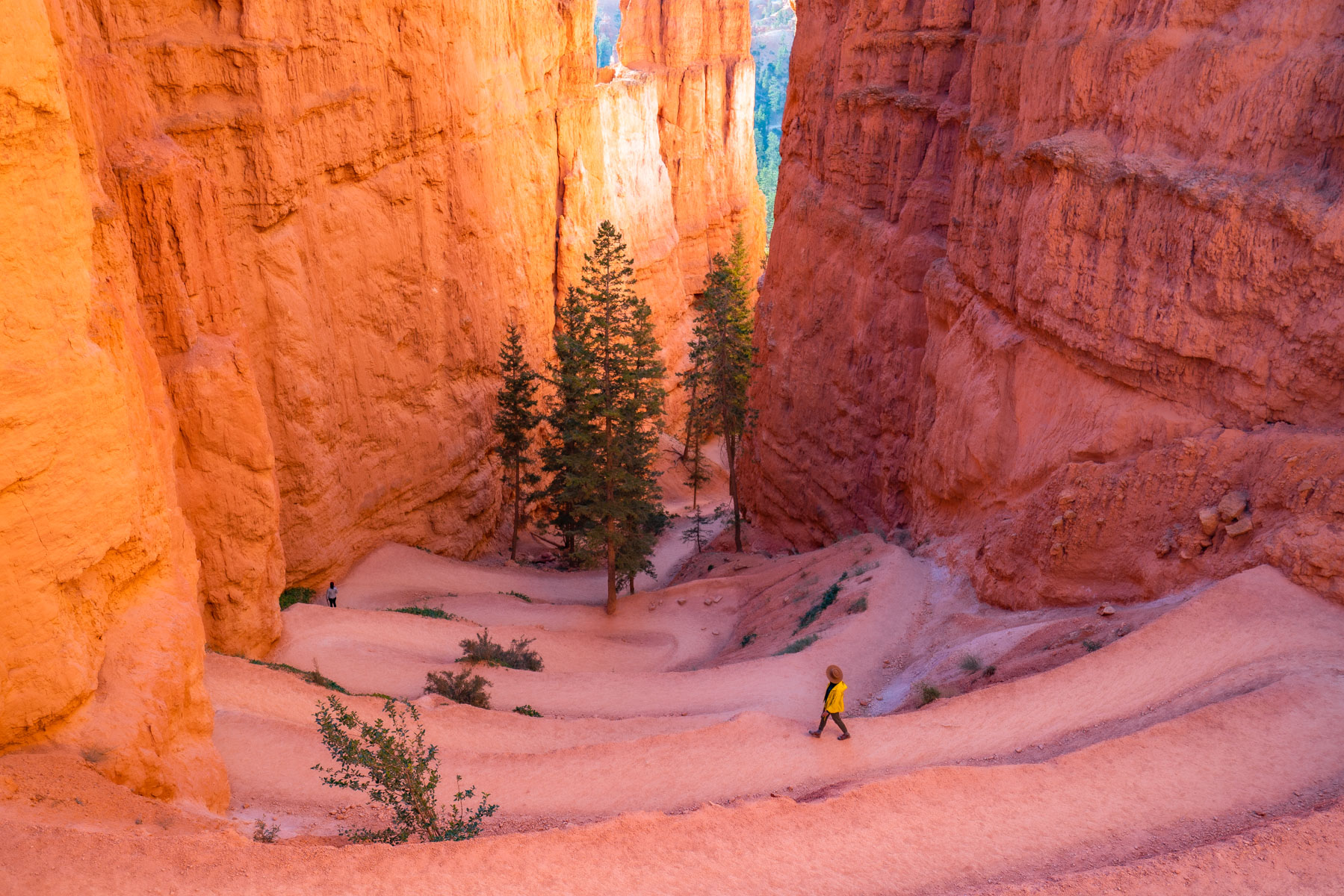
Sunset Point is the quintessential Bryce Canyon overlook where visitors are amazed at the mind-bending beauty and concentration of hoodoos and rock formations. As it’s name suggests, sunsets here are not to be missed.
Inspiration Point has a fitting name – from here you can look out on the vast landscape that makes up this unique portion of Utah. Hoodoos, mesas, ponderosa pines, cedar, and beautifully striped hills as far as the eye can see.
CHECK OUT: 15 SURPRISING Facts About Bryce Canyon National Park
3. Canyonlands National Park
Distance From Moab: The easiest way to see the park is with a visit to the Island in the Sky district, only 32 miles (30 minutes) from Moab.
Canyonlands National Park is a stunning park that covers a vast area of over 337,000 acres and is known for its spectacular canyons, mesas, and buttes that have been carved over millions of years by the Colorado and Green Rivers.
The park is divided into four main districts: the Island in the Sky, the Needles, the Maze, and the Rivers. Each of these areas offers its own unique geology, landscapes, and activities, making Canyonlands a diverse and exciting place to visit.
The Island in the Sky district is a flat-topped mesa that provides visitors with breathtaking views of the surrounding canyons and deserts.

Some Of The Most Popular Sites
The Needles makes up the southeastern corner of the park and is named after the multi-colored spires of sandstone that dominate the area. The Needles area offers a multitude of hiking opportunities as well as 4WD roads leading to fascinating ruins.
Mesa Arch is the most photographed feature in the park and is where you’ll find the bulk of tourists looking to snag their very own photo of this arch with a view. Sunrise is the best time to head over and see the sun makes its way up through the arch while illuminating the vast landscape.
Shafer Trail is perhaps the pinnacle of 4WD trails in the United States. Here you can put your high clearance four-wheel-drive SUV through the wringer on this challenging, unpaved, and downright scary road.
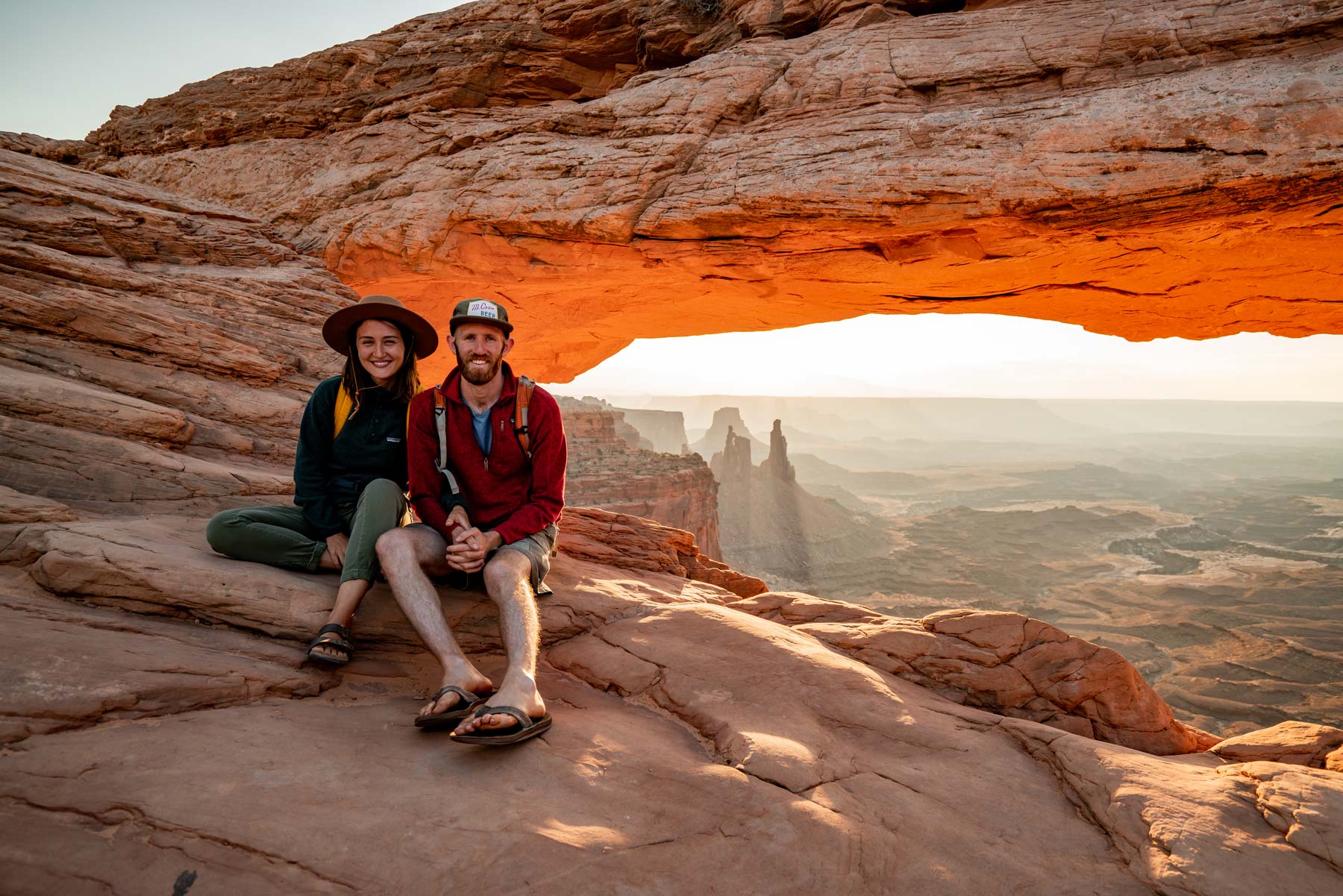
Whether you’re a seasoned outdoor adventurer or simply looking for a beautiful and unique vacation destination, Canyonlands National Park is an experience you won’t forget.

If you’re planning to do some serious hiking then you may want to check out 100 Classic Hikes Utah: National Parks and Monuments / National Wilderness and Recreation Areas / State Parks / Uintas / Wasatch by Julie Trevelyan.
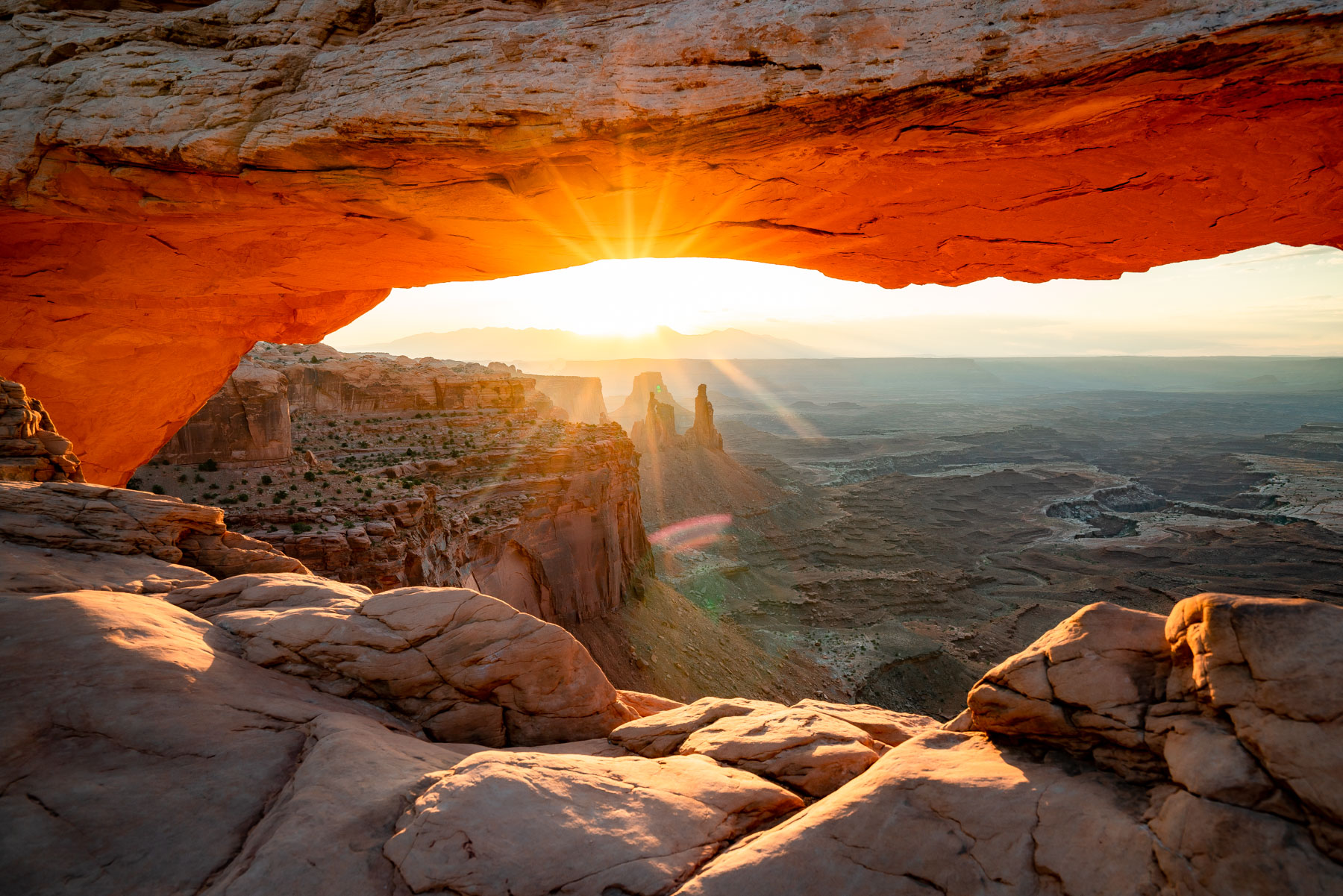
CHECK OUT: 14 AMAZING Facts About Canyonlands National Park
More National Parks Near Moab
4. Capitol Reef National Park
Distance From Moab: Two hours 8 minutes (137 miles) via UT-24 W.
Capitol Reef National Park is a unique and stunning park which covers an area of over 241,000 acres and is known for its spectacular geology, including cliffs, canyons, and domes of rock that have been carved over millions of years.
One of the most distinctive features of Capitol Reef is the Waterpocket Fold, a 100-mile long wrinkle in the Earth’s crust that is filled with colorful rock formations and canyons. Visitors to the park can explore the Waterpocket Fold on foot, by car, or by taking a scenic drive on the park’s scenic drive.
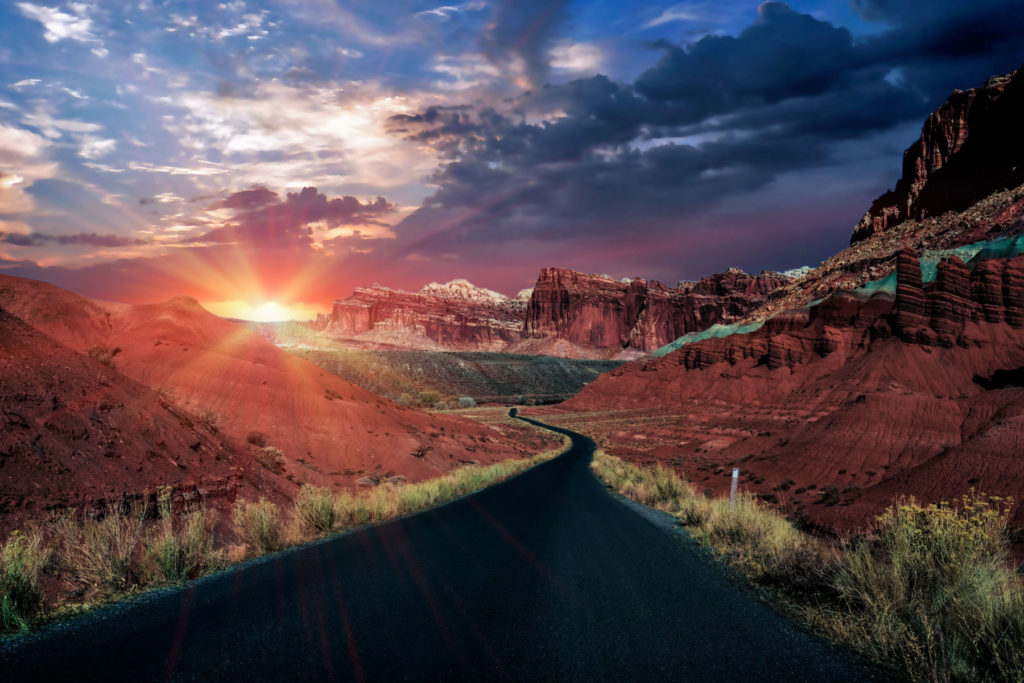
In addition to its geology, Capitol Reef is also home to a variety of wildlife, including mule deer, desert bighorn sheep, and a wide range of bird species. There are also several historic sites in the park, including the Fruita Historic District, which is a well-preserved example of an early 20th-century Mormon settlement.
Whether you’re a hiker, photographer, history buff, or simply looking for a breathtaking and unique vacation destination, Capitol Reef National Park is definitely worth a visit. With its stunning scenery, diverse wildlife, and rich history, there’s something for everyone at this amazing park.
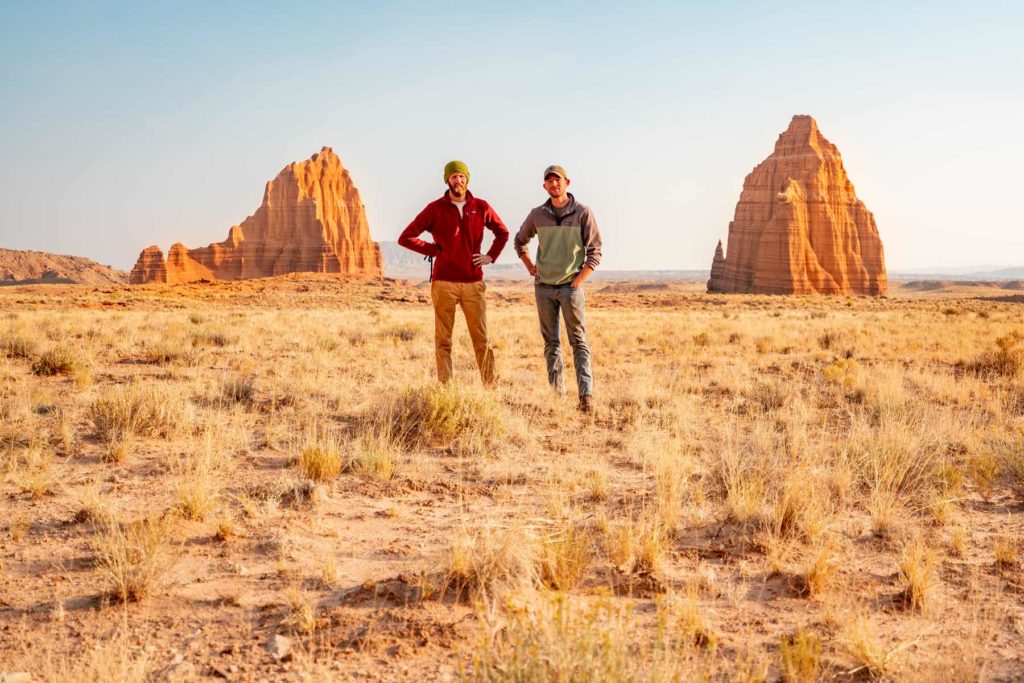
Speaking of gems, if you’re interested in other sights to see while in Utah then you may want to pick up a copy of Utah Bucket List Adventure Guide & Journal: Explore 50 Natural Wonders You Must See!

Capitol Reef Highlights
Hickman Bridge is an easy 2 mile trail (1 mile each way) taking you to a spectacular sandstone arch. The trail also takes you by early Fremont ruins and a smaller arch.
Grand Wash is an spectacular gorge that cuts through the Capitol Reef’s Waterpocket Fold geological formation. The trail follows a flat wash for just over 6 miles, but most visitors prefer to explore the half mile narrows (featured in the image above) before simply turning back.
Stargazing Capitol Reef was designated an International Dark Sky Park back in 2015 and for very good reason. The night skies over Capitol Reef provide some of the best stargazing opportunities in the United States.
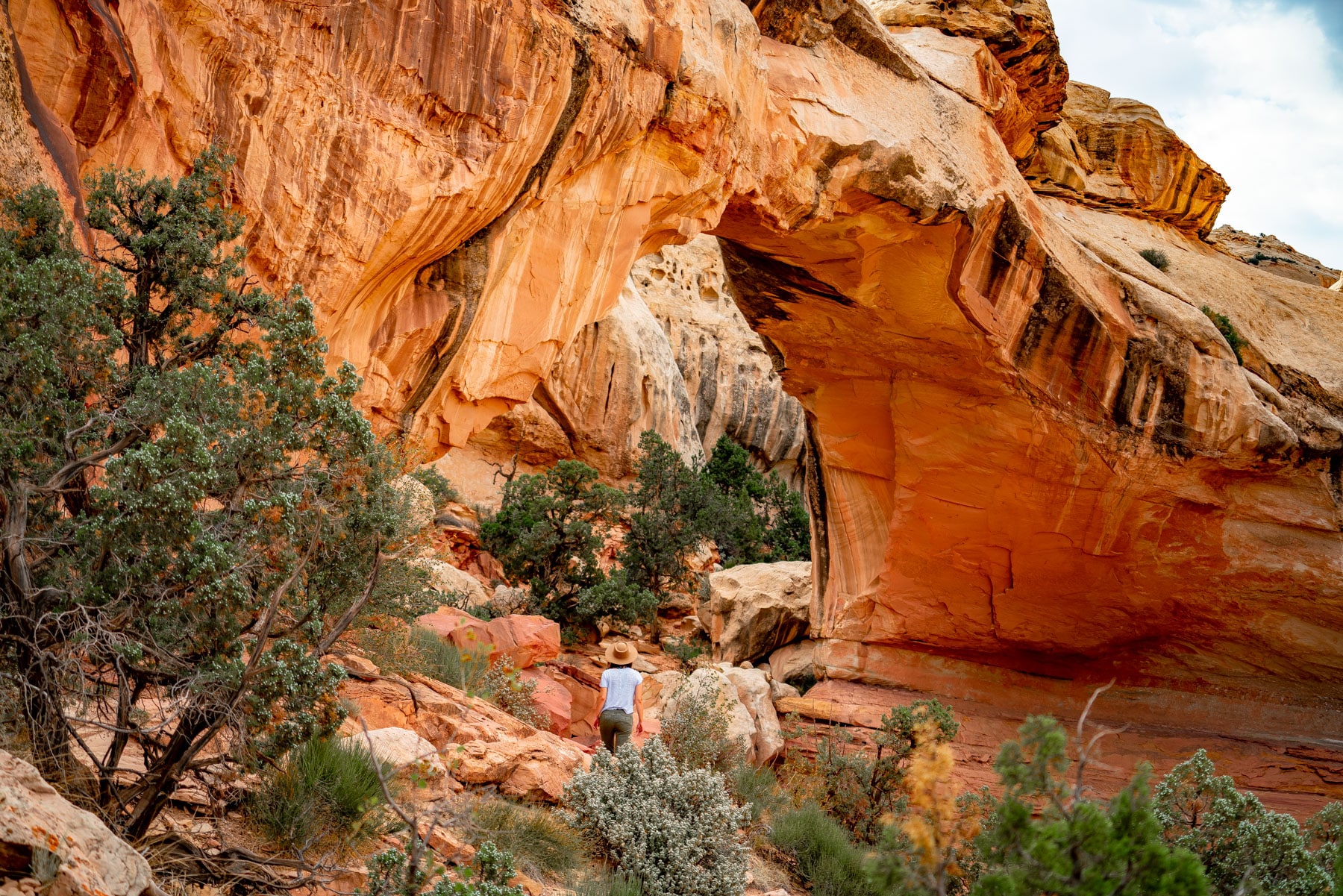
CHECK OUT: 12 AMAZING Facts About Capitol Reef National Park
5. Zion National Park
Distance From Moab: Five hours (314 miles) via I-70 W & US-89 S.
Zion National Park is a stunning park that covers an area of over 229,000 acres and is known for its towering cliffs, narrow canyons, and diverse landscapes.
One of the most distinctive features of Zion is its towering sandstone cliffs, which rise up from the canyon floor and provide visitors with breathtaking views. The park is also home to several narrow canyons, including the famous Angels Landing and The Narrows, which are popular with hikers and offer unique perspectives of the park’s geology.
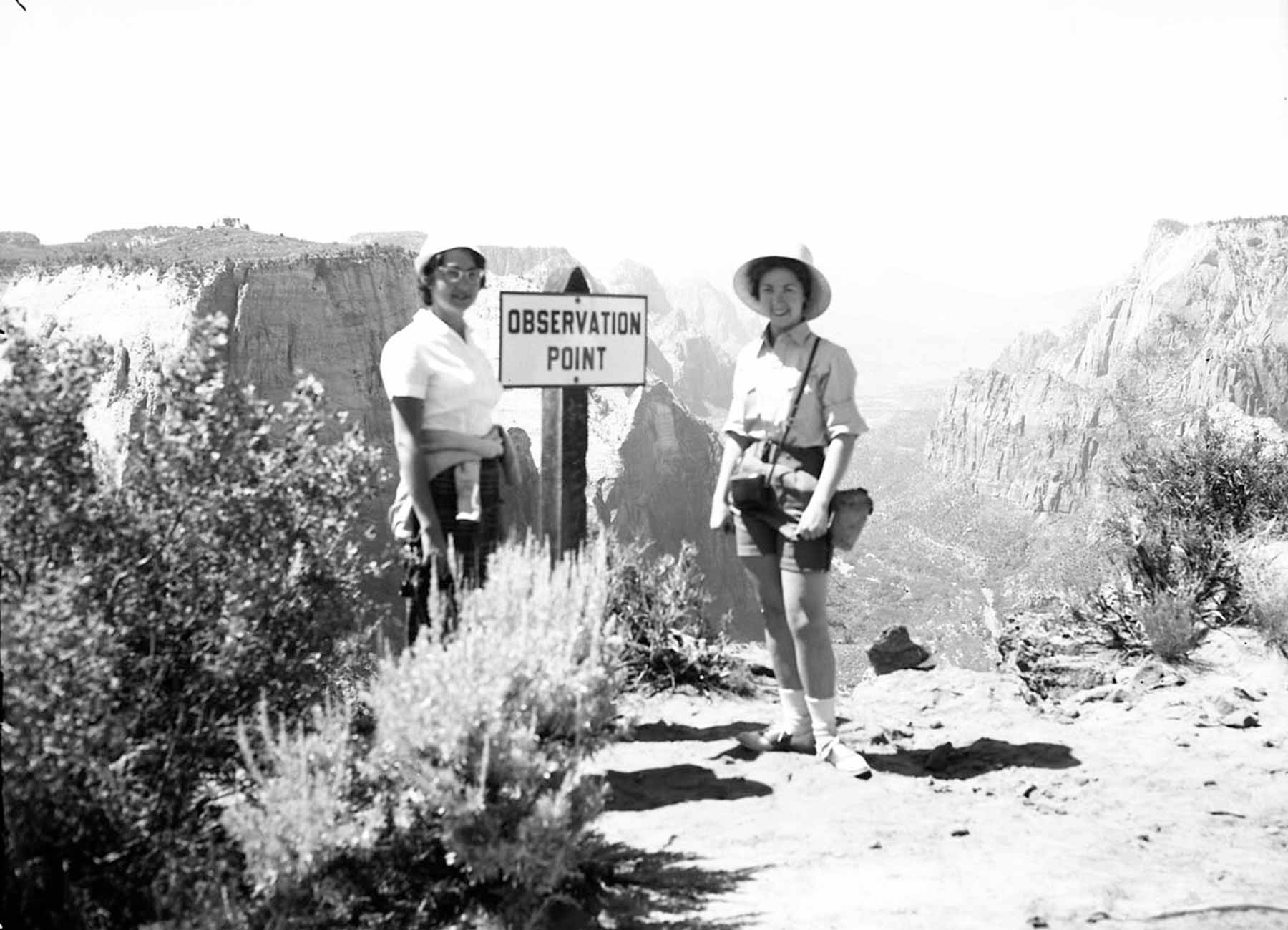
The Park Is Also Home To Some Amazing Wildlife
In addition to its stunning scenery, Zion is also home to a variety of wildlife, including mule deer, mountain lions, and a wide range of bird species.
There are also several historic sites in the park, including the Zion Lodge and the Pioneer Register, which provide visitors with a glimpse into the park’s rich history.
Visitors to Zion can enjoy a variety of activities, including hiking, backpacking, rock climbing, and scenic drives. There are also several ranger-led programs and stargazing opportunities, as Zion has some of the darkest night skies in the country.
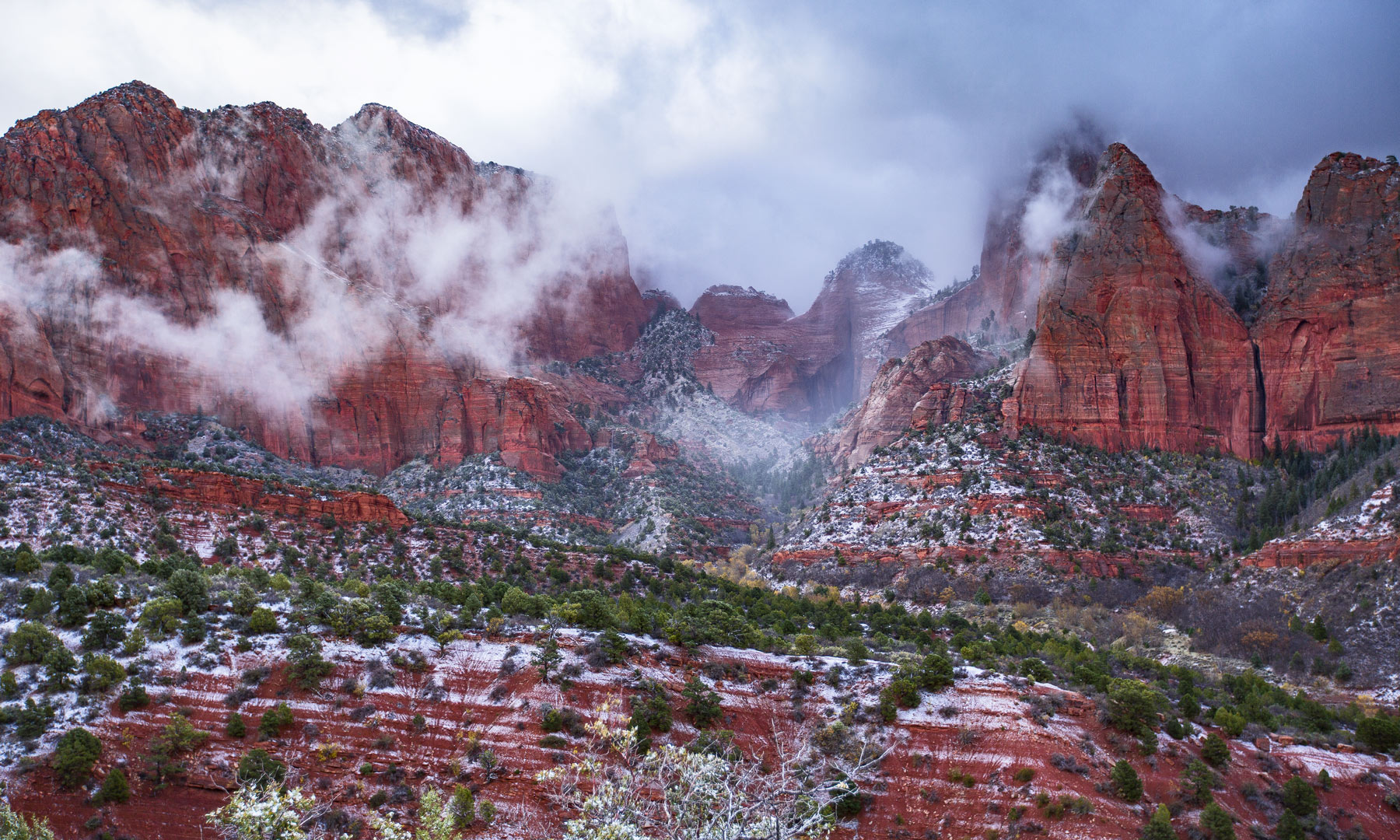
Whether you’re a hiker, nature lover, or simply looking for a breathtaking and unique vacation destination, Zion National Park is definitely worth a visit. With its stunning scenery, diverse wildlife, and rich history, it’s an experience you won’t forget.

The Watchman is probably the most iconic feature of the park. This sandstone mountain juts out from the familiar cliffs of Zion and looks out over the whole park. It’s best seen from the bridge near the entrance to the main canyon.
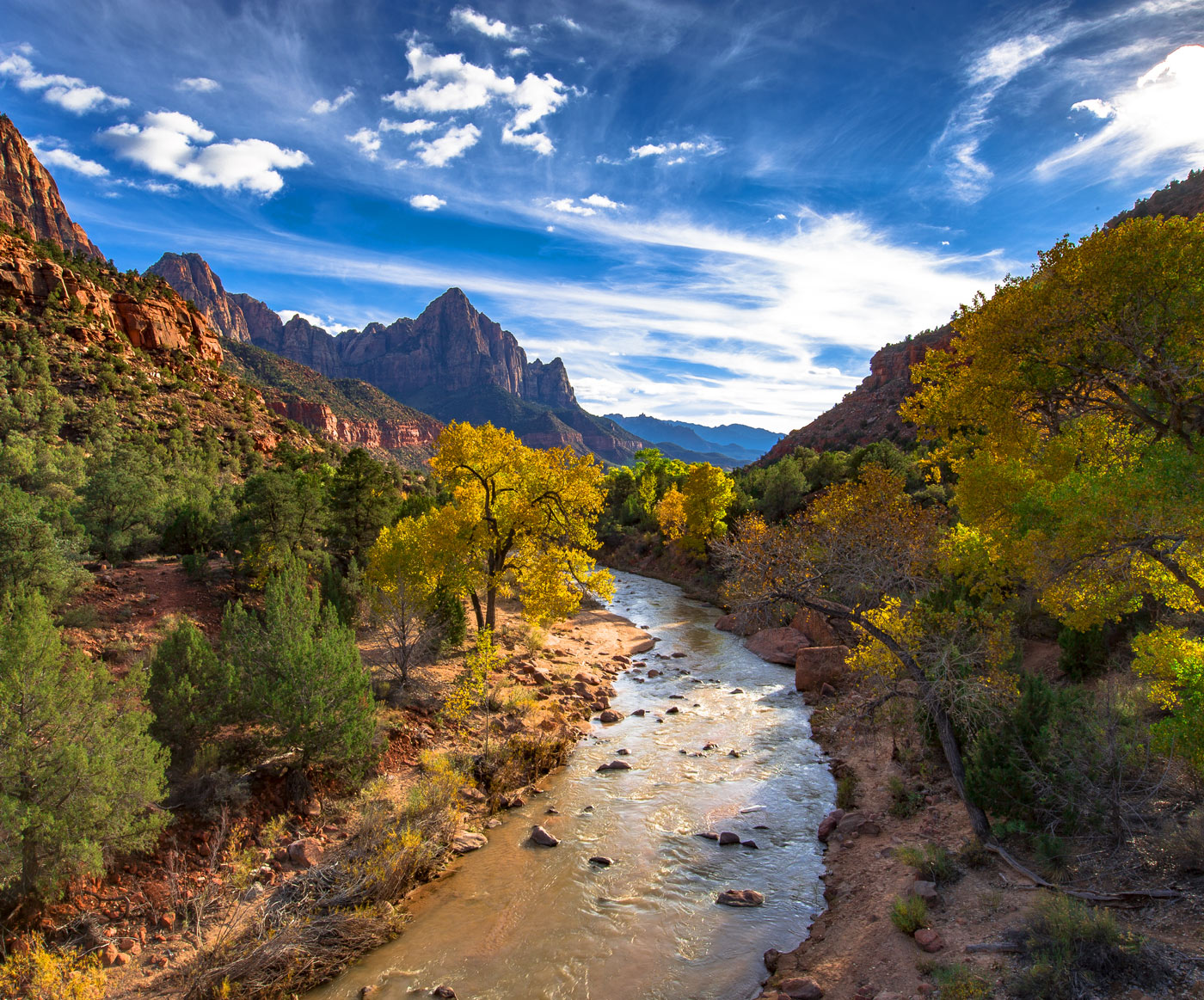
Kolob Canyon is our favorite part of the park, where you can escape the maddening crowds and explore the scenery that makes this area of Utah so treasured.
Checkerboard Mesa is a fascinating bit of geology found along Zion Mt Carmel Highway. Here you can stare at a sandstone mesa with what appear to be checkerboard marks carved deep into the stone. This naturally occurring phenomenon is sure to excite the younger ones with you.
Check Out Our Zion National Park Film
ZION is the culmination of nearly a month spent exploring Zion National Park during peak fall color. Exquisitely carved by the Virgin River over millions of years, Zion Canyon is one of the most stunning places on earth. But don’t stop there!
This park has so much more to offer outside of the main canyon. Golden meadows, sweeping vistas, red rock mountains, towering white temples, and powerful ancient rivers comprise this incredible treasure.
Filmed primarily in stunning UHD 8K. We chose to capture this film in Autumn to showcase the stunning and little known fall color of Zion National Park.
Fall is also a time when visitation dies down from peak summer months and one can find more solace in the park.
National Parks Near Moab FAQ
The scenic southern Utah community of Moab is the gateway to Arches and Canyonlands National Parks, as well as Dead Horse Point State Park, and the cool waters of the Colorado River.
If you want a couple of long hikes, Zion. If you want a lot of shorter hikes with a couple slightly longer, then Arches. With one day in Zion you could hike the Narrows and Angels Landing (assuming you can get a permit) or you could do a few other hikes and stop at pull-offs on the east side.
Why Trust Us About National Parks Near Moab?
We’re Jim Pattiz and Will Pattiz, collectively known as the Pattiz Brothers (and sometimes the Parks Brothers) and we absolutely LOVE the national parks.
You should probably know that we don’t just make this stuff up out of thin air. We’ve spent our entire adult lives exploring and filming America’s national parks and public lands.
We’ve worked with the National Park Service, the Department of Interior, USDA, and the U.S. Forest Service for years creating films on important places and issues. Our work has been featured in leading publications all over the world and even some people outside of our immediate family call us experts on the national parks.
Meet The Parks Brothers
Map Of National Parks Near Moab
List Of National Parks Near Moab
- Arches National Park
- Bryce Canyon National Park
- Canyonlands National Park
- Capitol Reef National Park
- Zion National Park
We Hope You’ll Follow Our Journey

Our goal here at More Than Just Parks is to share the beauty of America’s national parks and public lands through stunning short films in an effort to get Americans and the world to see the true value in land conservation.
We hope you’ll follow our journey through the parks and help us to keep them the incredible places that they are. If you’re interested in joining the adventure then please sign up below!
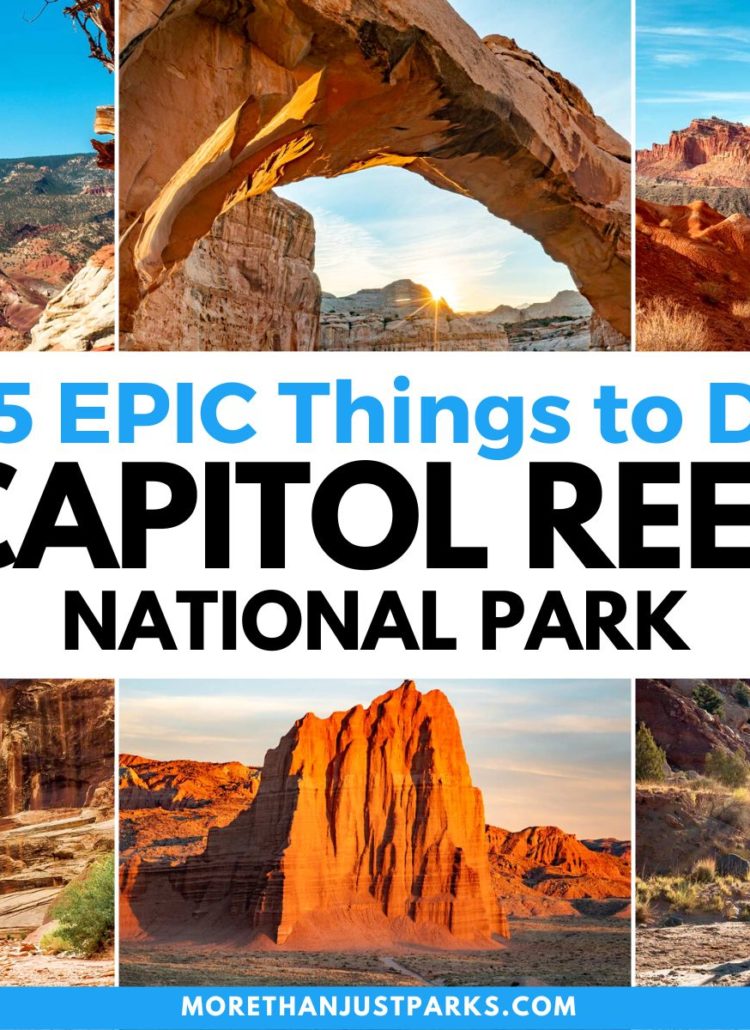

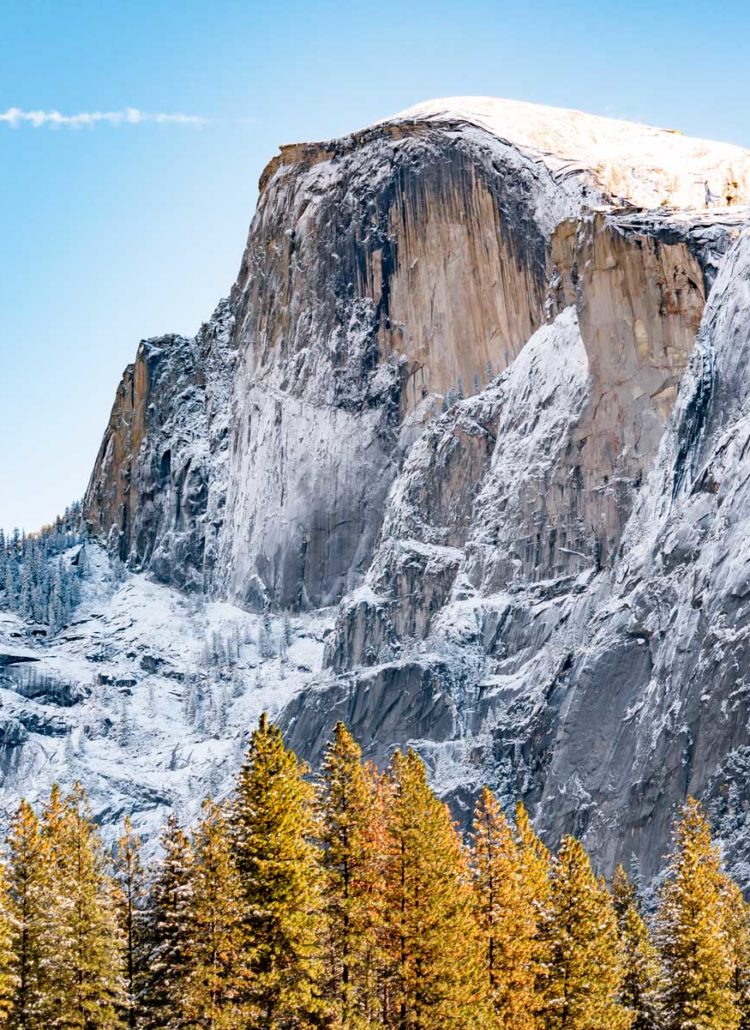
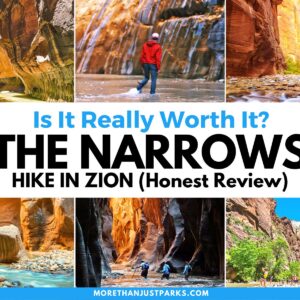

Leave a Reply